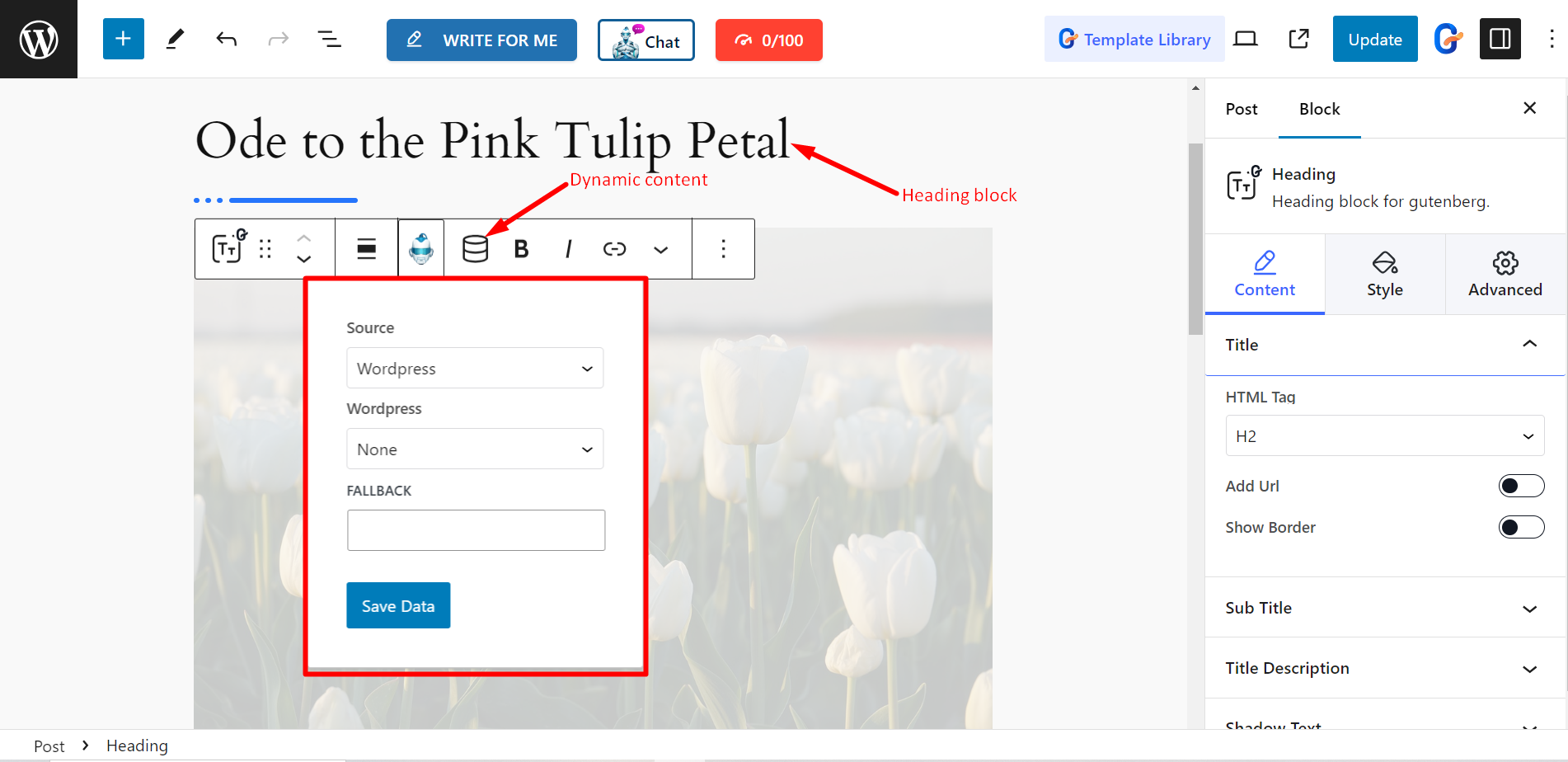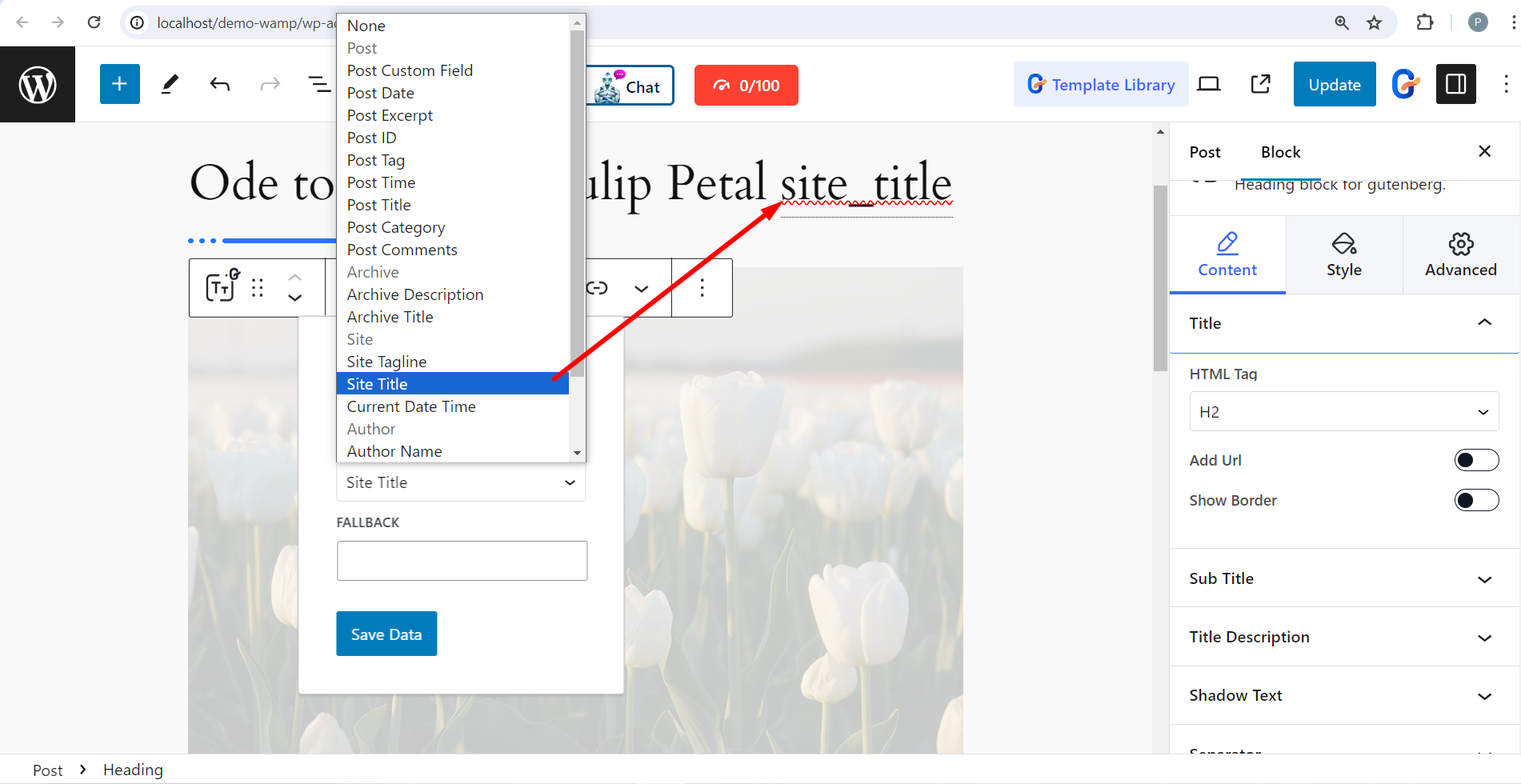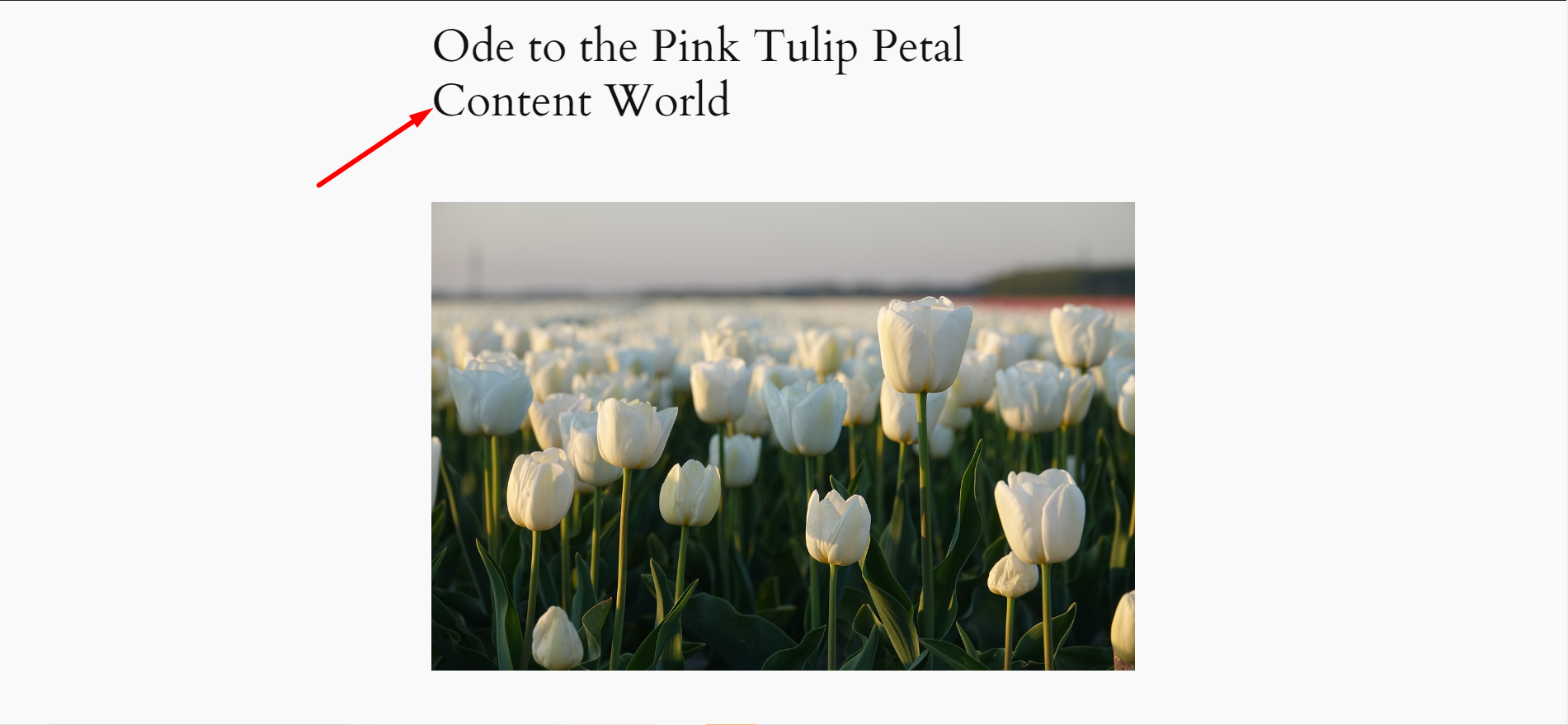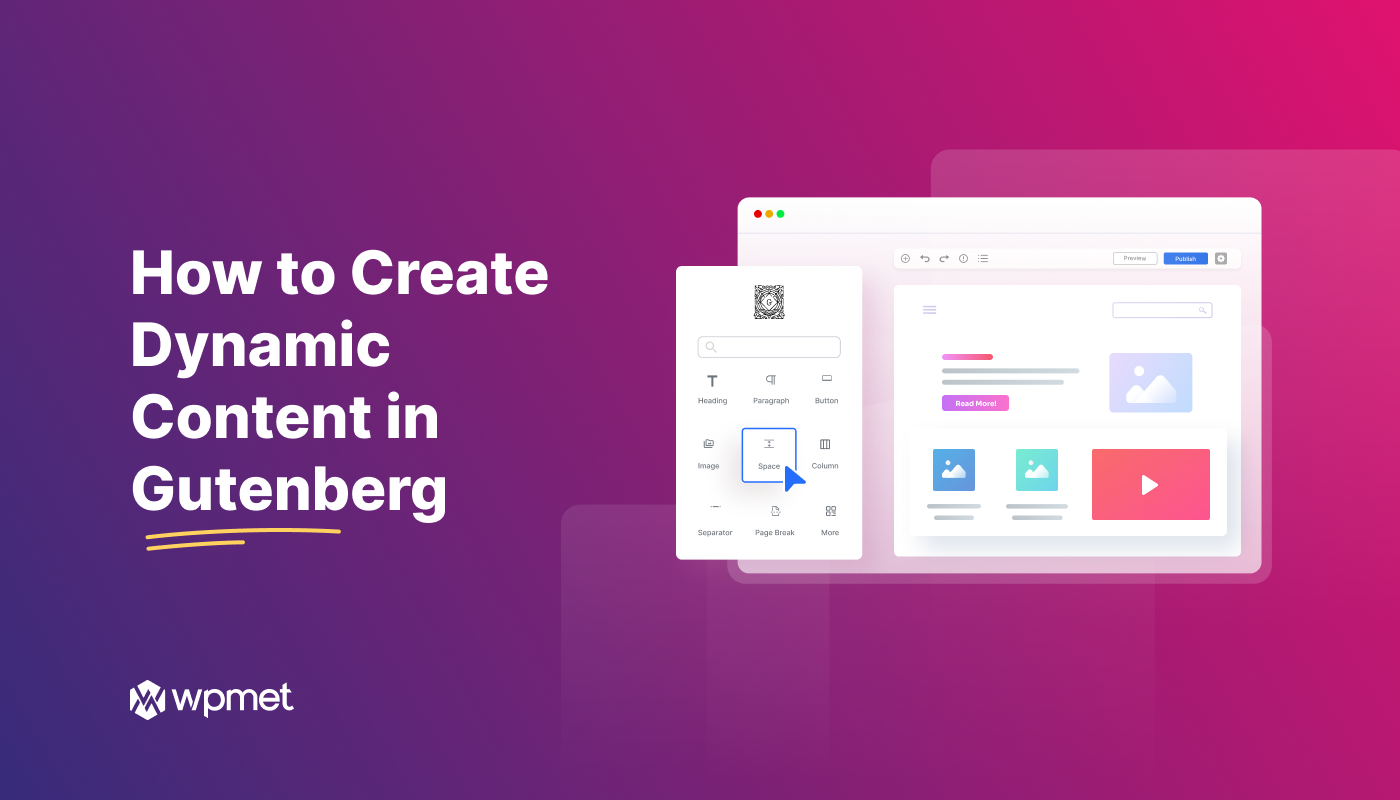Static content just doesn’t cut it today, to give your audience a truly customized experience you should add dynamic content to your WordPress site. Imagine you have logged into a site that welcomes you with your name – Isn’t it cool? This type of content is known as Dynamic Content! 🤩
Crafting dynamic content in Gutenberg can help make the site more interactive and interesting for everyone.
In this blog, we’ll guide you on how to create dynamic content in Gutenberg. It’s going to be highly helpful, keep reading…
What is dynamic content?
Dynamic content is any content generated or modified in real-time. By adjusting dynamic content on a WordPress site, you can show customized information to visitors. To craft such content, you can pull data from external sources like the site’s databases or APIs, allowing for real-time updates and displaying relevant information.
For example, if you change an author’s profile image, you may want to change that for every content he/she wrote. In this case, if you adjust dynamic content, it’ll be automatically changed for all content. Similarly, you can change the date, post category, site title and so on.
Why add dynamic content to a WordPress site?
The reasons you should add dynamic content to your WordPress site are:
📌 Boosts engagement & reduces bounce Rate: Customized content keeps visitors curious and interested people stay longer to explore more.
📌 Save you time: When you update content dynamically, it saves time and effort.
📌 Improves SEO ranking: Engaged visitors and lower bounce rates contribute to a better SEO score.
📌 Increases conversions & signups: Dynamic elements like countdown timers create a sense of urgency, encouraging action from visitors.
📌 Builds trust & positive impression: Personalized touches show you care about your audience, fostering trust and a positive brand image.
How to add dynamic content in Gutenberg Blocks
To add dynamic content in Gutenberg, you have to download GutenKit first. Get the plugin from here. You can also search it from the plugin section of your WordPress dashboard.
After installing the plugin, you have to activate it.
However, Dynamic content is a premium feature of GutenKit, so don’t forget to avail the Pro GutenKit.
Why GutenKit?
GutenKit is an impressive solution for Gutenberg. It helps you to overcome the limitations of Gutenberg dynamic blocks. The plugin is packed with 50+ WordPress blocks, 16+ versatile modules, and 500+ templates.
Some remarkable features of GutenKit –
- Full Site Editing (FSE)
- Mega Menu
- Query Loop Builder
- Parallax Effect
- One Page Scroll and more
Adding dynamic content in Gutenberg with GutenKit
Choose any page or post where you want to apply dynamic content and start editing it.
However, the blocks that let you edit texts will allow you to add dynamic content. For example, Heading block, Drop Cap, Advanced Tab, etc.
Here, we have used GutenKit’s Heading block. You can take any editable block and click the dynamic content feature to edit it.

You’ll get the following customization options –
Source – Here the sources are WordPress and ACF.
WordPress – If you choose WordPress, there are multiple dynamic content types, such as Post title, Archive title, Post Custom Field, Author, Current Date Time, User name, User info, and so many.
FALLBACK – Here you can add default value/content, if a user can’t find any content then he will use this value.
See the example below, we have added the Site title at the end of the heading.

After updating the content the Site title is added like this 👇

Similarly, you can explore the other options and make your content more attractive as you want.
It’s easy and saves you time!
Benefits of using a plugin to make content dynamic in WordPress
Dynamic content plugins take information from the database, like login details or past purchases, and use that to show products or content to each user accordingly. This can be anything from account information to product recommendations, making your site more engaging.
Let’s know what more a plugin offers you –
❇️ Personalized touch: A good plugin helps to show visitors content relevant to them, like past purchases or browsing habits. Imagine a shop suggesting shoes you actually looked at, not just random ones!
❇️ Boosted engagement: Dynamic content keeps things fresh, grabbing visitors’ attention and making them want to explore more. So, you can expect potentially boosting sales.
❇️ Effortless updates: With the right plugin you can swap out any content and don’t need to rewrite entire pages’ content. Just update your things using the plugin’s features, and you are done.
Common challenges with dynamic content in the block editor
Here are some common and real problems people face when creating dynamic content on a Gutenberg site:
- Limited native functionality: Gutenberg itself doesn’t have built-in features for complex dynamic content. So, you need to rely on plugins or custom code. However, coding is a bit complex thing for those who don’t have any knowledge.
- Plugin reliance: Using third-party plugins is a popular solution for adding dynamic content. But you must remain careful when choosing and maintaining the best plugin.
- Learning curve for plugins: Plugins for dynamic content can have their own interfaces and workflows. This adds to the learning curve for users who may already be familiar with Gutenberg but not the specific plugin.
- Performance issues: Adding complex dynamic content elements can potentially slow down your website’s loading speed, especially if not optimized well.
- Limited support for custom fields: While some plugins integrate with custom fields, native Gutenberg support for them is lacking. This can make it difficult to use existing custom field data dynamically.
Conclusion
We’ve explored the exciting world of dynamic content in Gutenberg! By utilizing the promising plugin GutenKit, you’ve seen how to transform static pages into engaging experiences that adapt to your visitors.
Remember, dynamic content is all about personalization, keeping your audience interested, and saving you time on updates. Hope, you can now discover your creativity, embrace the power of plugins like GutenKit, and watch your WordPress site come alive!



Leave a Reply